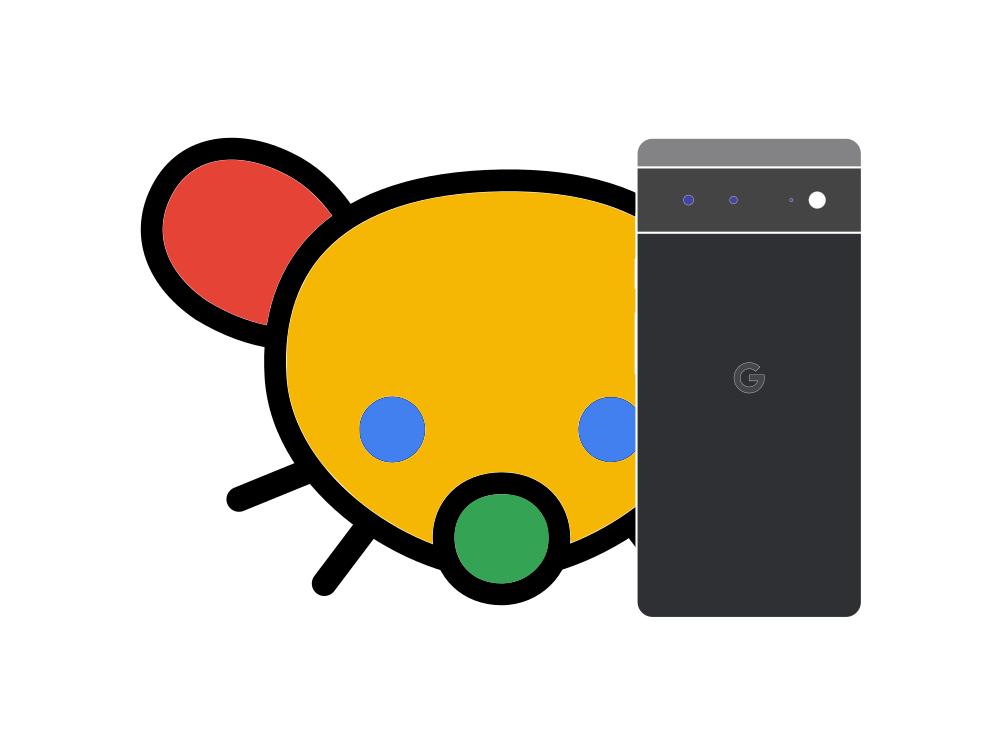

Right, but the features will be mostly on-par with iMessage. The only thing you’d be missing out on are chat effects and the 3D avatar things. The stigma will stay for a little bit, but probably die out over time because the stigma developed in the first place not due to the color of the bubble, but because the color of the bubble meant worse features.














RCS supports message reactions, just not the crazy iMessage effects.